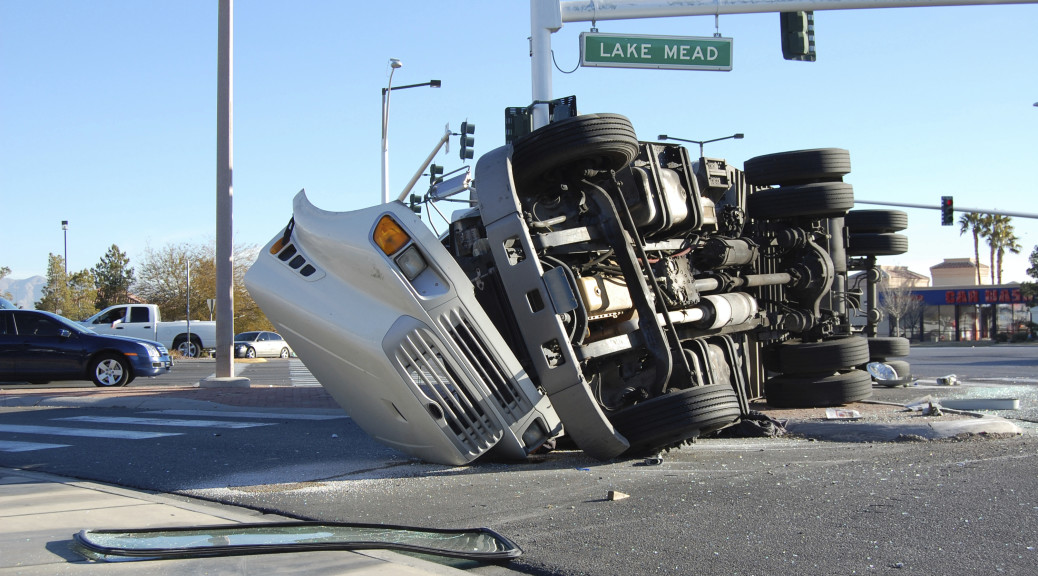Accident Reconstruction: Enhancing Results
Automobile accident reconstruction can be simplified by following some specific practices. Good documentation of the physical evidence leads to a thorough understanding of the vehicles’ motion before and after an impact. Poor documentation of the evidence may complicate and, in some cases, make a full reconstruction impossible. The accuracy of a reconstruction is largely dependent on the quality and preservation of the physical evidence.
There are three phases to most automobile accidents: pre-collision, collision and post-collision. When investigating an accident, there are distinct physical evidence patterns that should be documented for each phase. Measurement and photographs of the evidence is then used to assess vehicle motion.
Pre-Collision:
Vehicles are often at their tire adhesion limit before a collision occurs, whether it is full braking, full yawing (cornering) or a combination. When tires are at their limits, they leave rubber on the road in the form of skid marks and/or yaw marks. Skid marks are straight (the tire is locked up and cannot turn the car). Yaw marks are curved (the car is fishtailing). Most modern vehicles have antilock braking systems, which prevent wheel lock and reduce the likelihood of finding pre-collision skid marks.
The length and character of this pre-collision evidence usually represents energy loss. In other words, when a vehicle locks its brakes, it loses energy and speed. When a vehicle is fishtailing it also loses energy, dependent upon its slip angle, i.e., the more sideways it gets, the more energy it loses. Published coefficient of friction values on different surfaces help understand the energy loss.
Collision:
When a vehicle collides with an object or another vehicle, it deforms. The exact amount of this deformation also represents energy loss. Collision damage can often be compared to crash test data, in which the energy loss is a known quantity. For example, if a car crushes 20 inches during a frontal collision and that same model crushed 20 inches in a 30 mph barrier impact test, then the collision energy loss is equal, even though other dynamics may be different.
Measurement of the crush damage is compared to an undamaged vehicle. Measurement accuracy and detailed photographs can greatly influence the reconstruction. Some late model vehicles have black boxes onboard that record speed loss, which can be used to confirm crush energy calculations.
Post Collision:
After collision, damaged vehicles cause surface gouges/scrapes, drag marks, fluid trails and debris trails, all of which help understand post-collision motion. The nature of sliding contact with pavement and/or grass/dirt changes the energy loss. The harder a vehicle drags/scrapes the surface, the more energy it loses. Resulting surface damage and the corresponding vehicle component should be determined.
All three accident reconstruction phases and their associated energy loses are added up to give the initial vehicle sped (total energy). Careful documentation of each accident phase combined with the basic laws of physics will enhance auto accident reconstruction results.
By: Elvin Aycock, PE, ACTAR, I-ENG-A Accident Reconstruction Advisor

